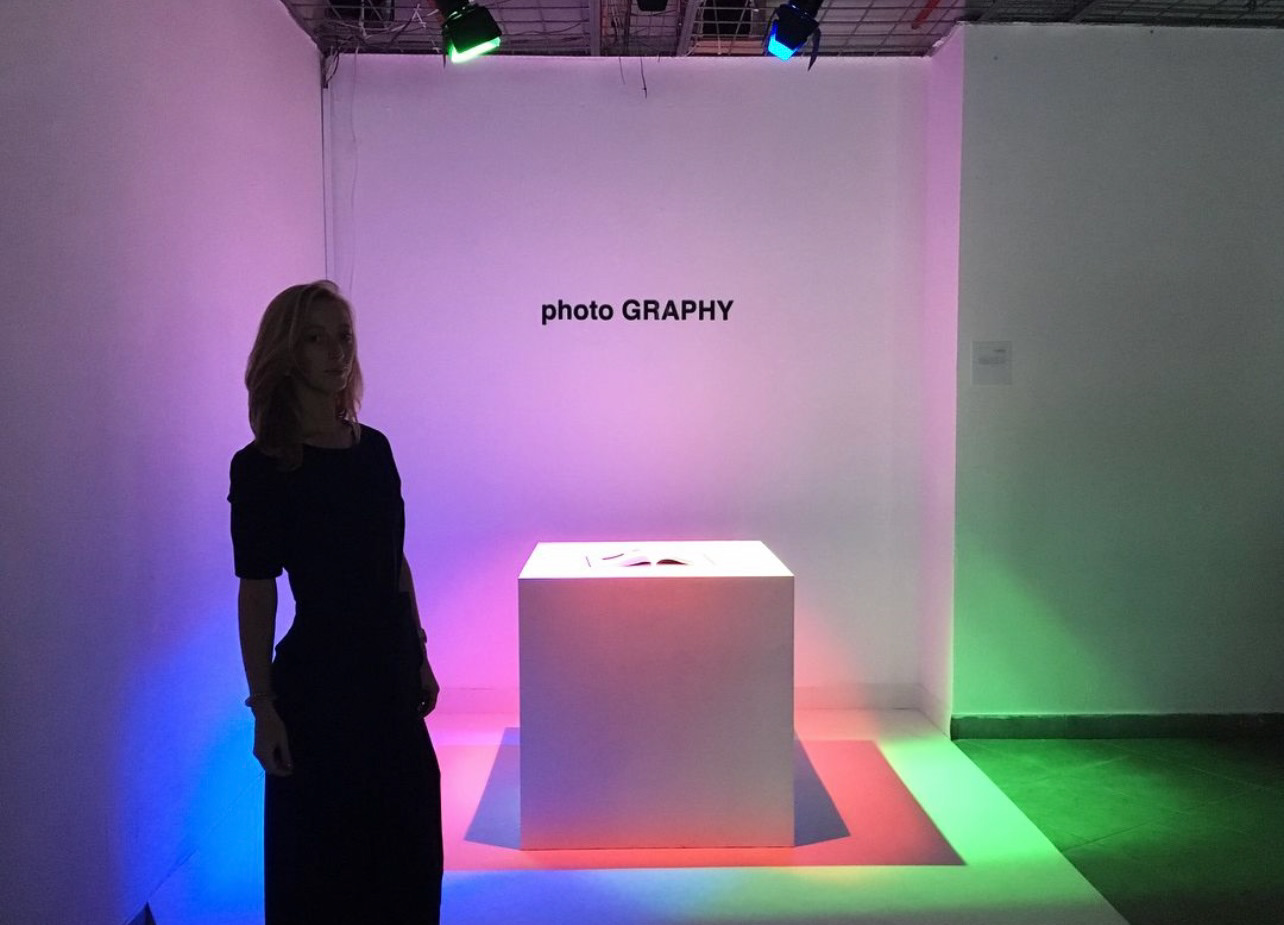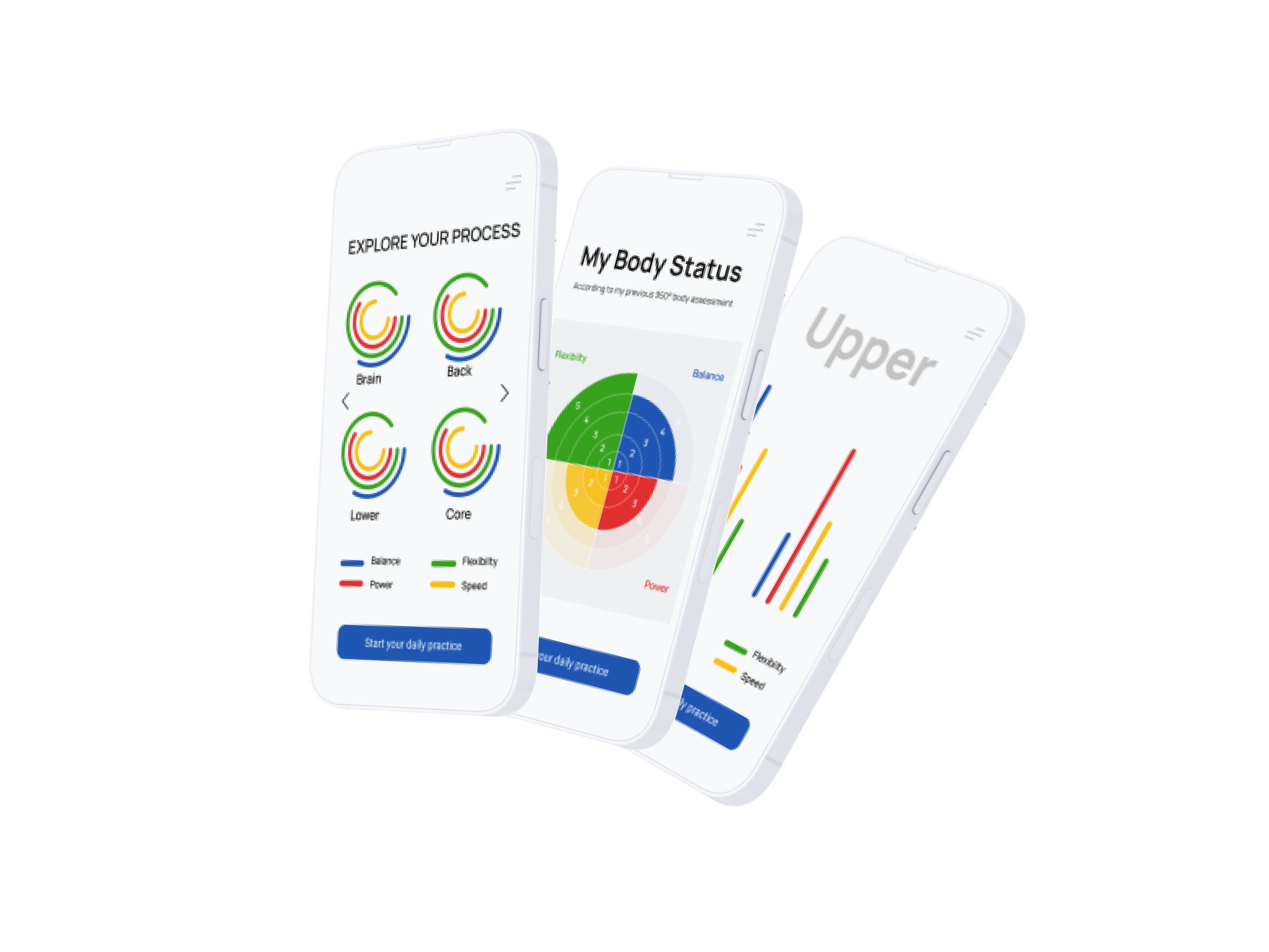This book is the culmination of my expertise as a professional photographer and designer, combining knowledge from both fields to create a comprehensive and visually engaging guide to photography.
Since photographers process information visually, I created a unique guide that's both visually engaging and aesthetically pleasing, making learning enjoyable and clear.
During my school years, I worked as a photographer for the student community for 3 years. In addition, I held two of my author's courses, one for adults with DSLR cameras and one for children with phone cameras.
While teaching photography, I noticed that students get more creative results if I do not show them actual photographs, but rather explain photography techniques using my graphic design skills. It gave me the idea to create a photography guide, as I hadn't found one.


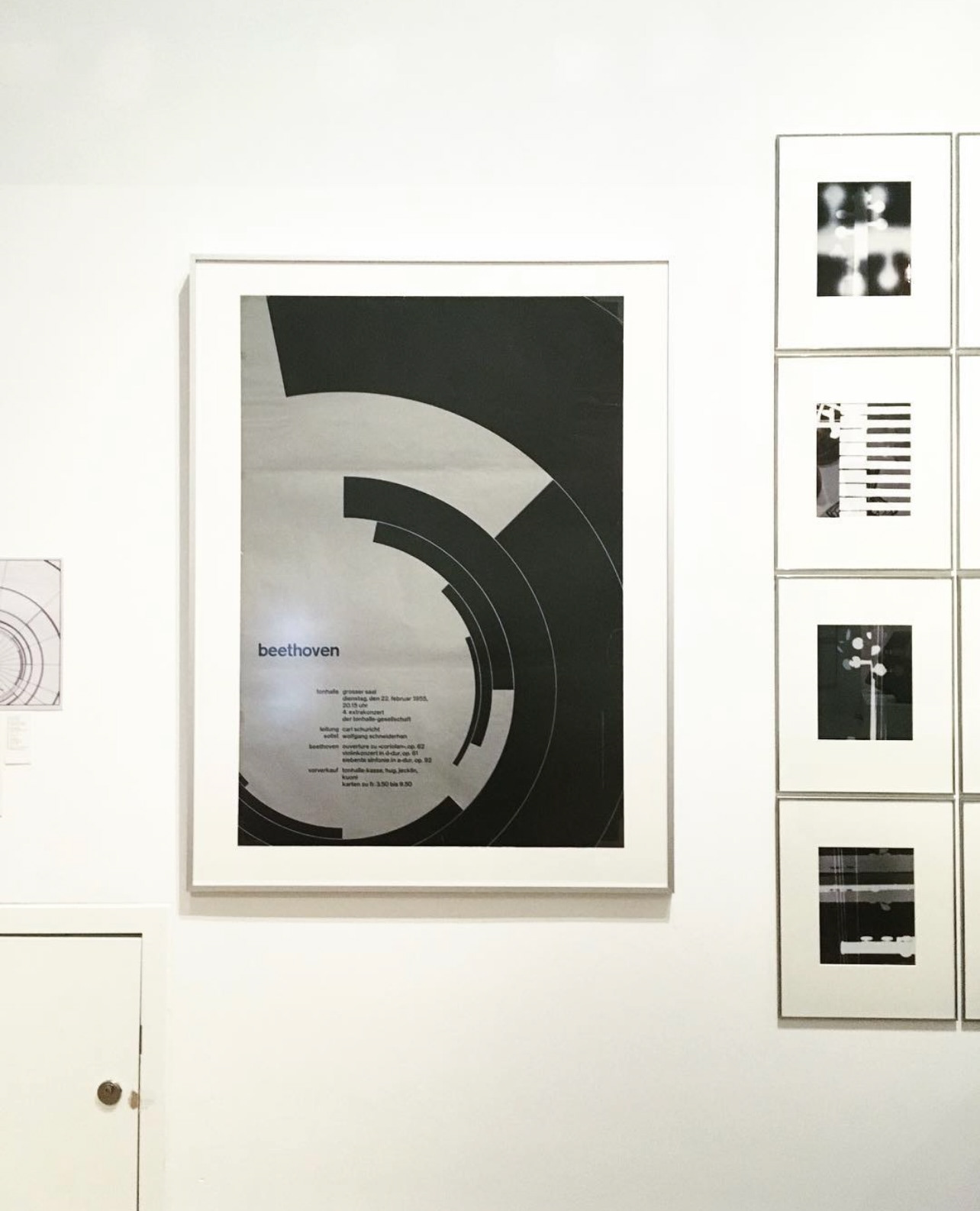

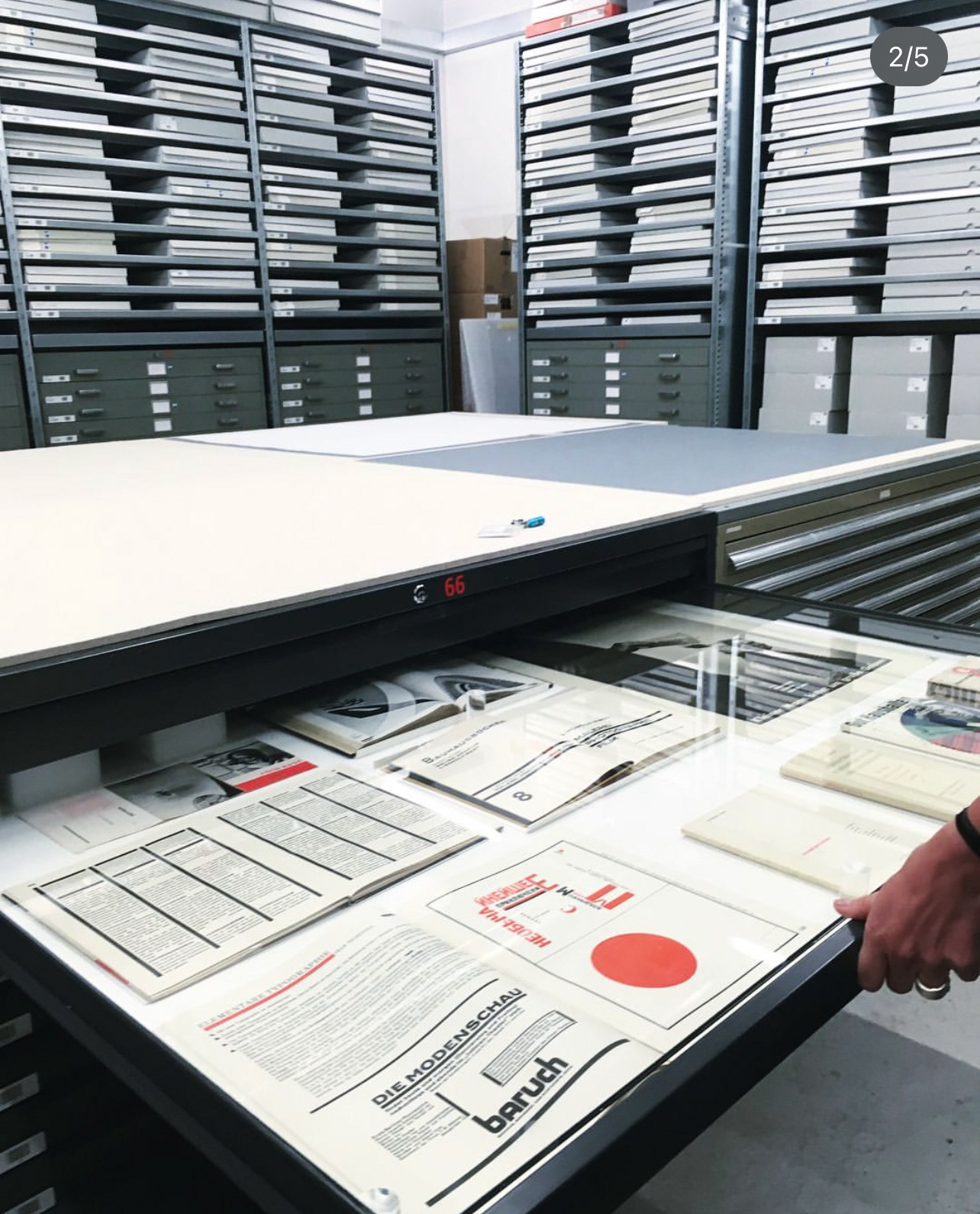
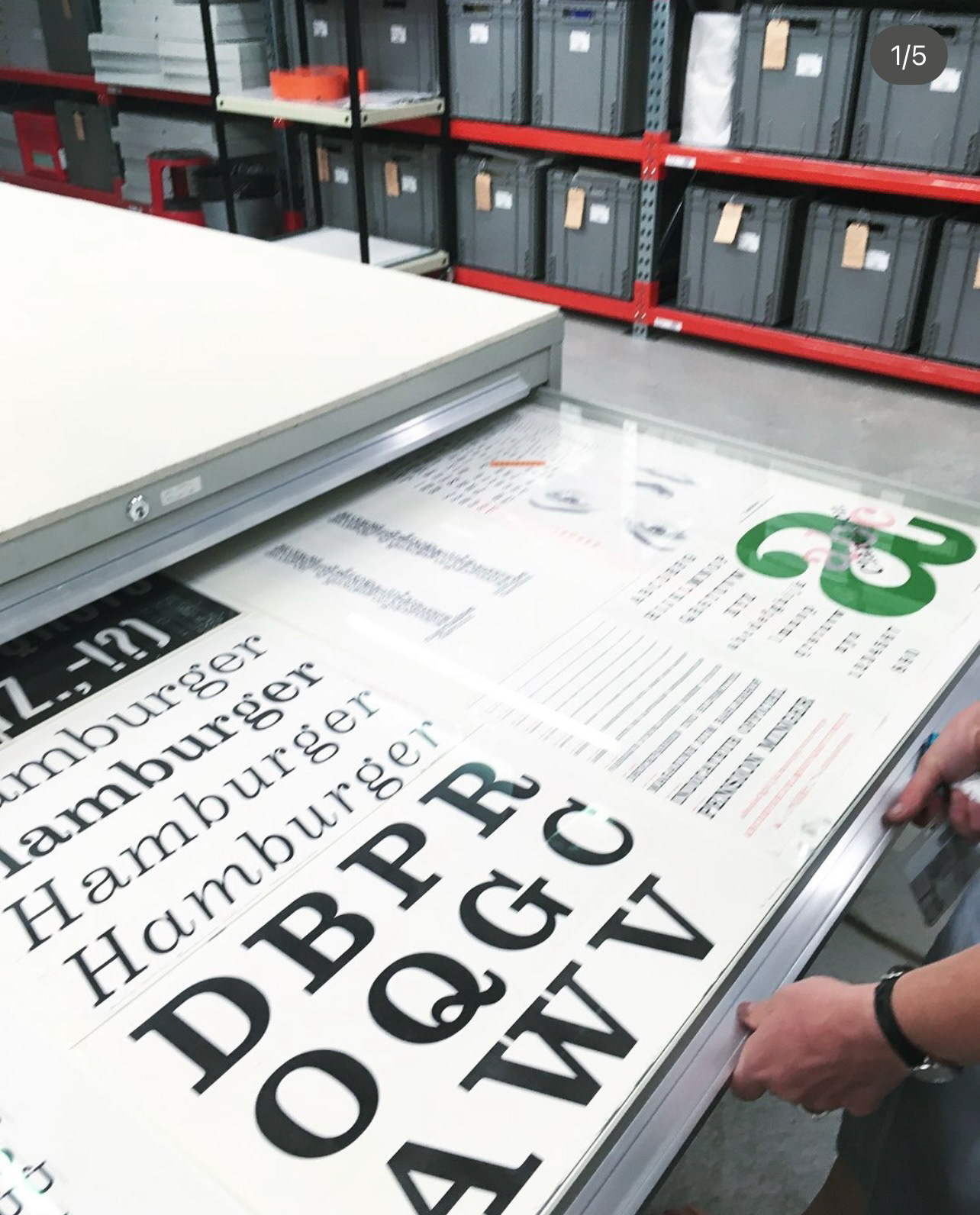
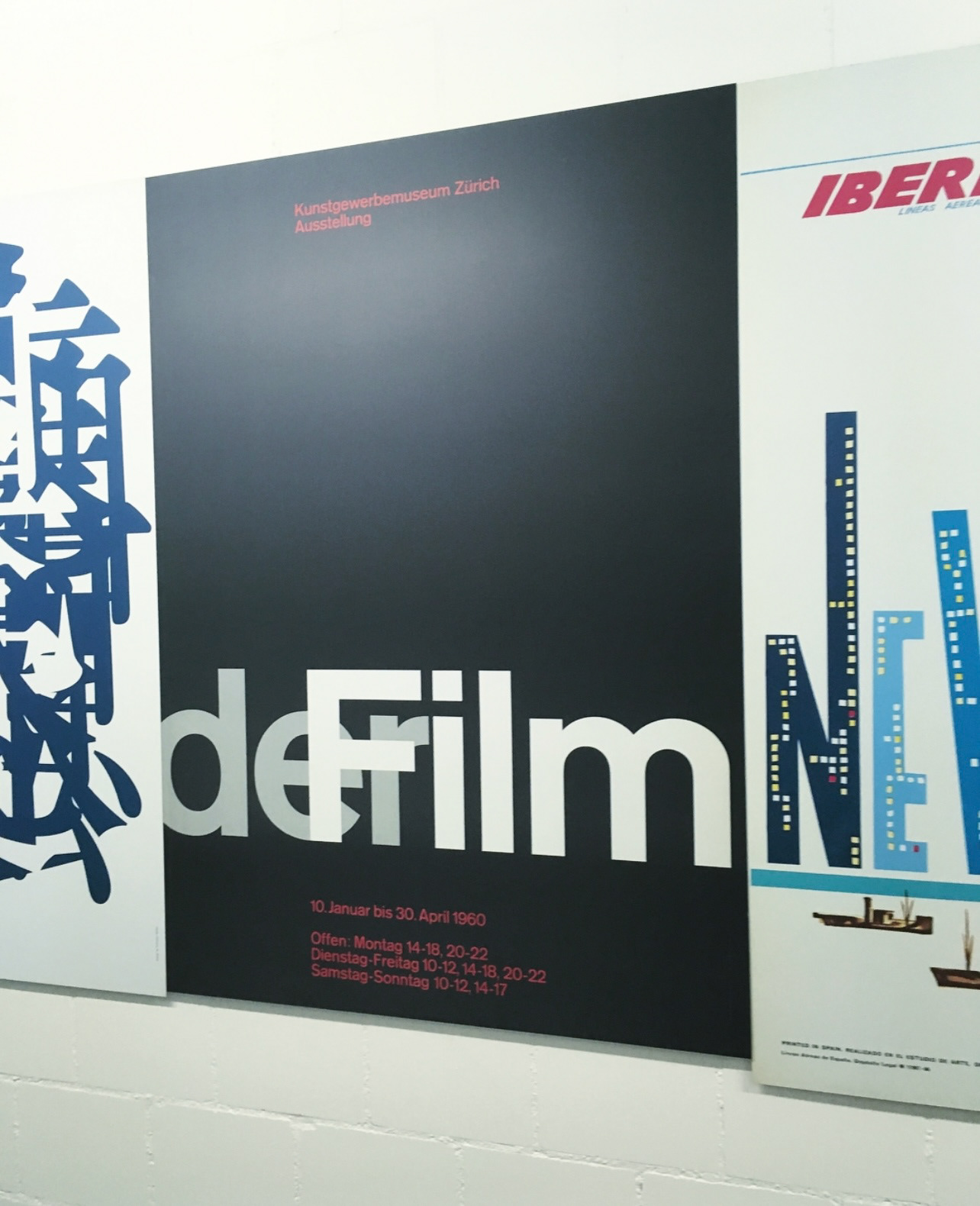




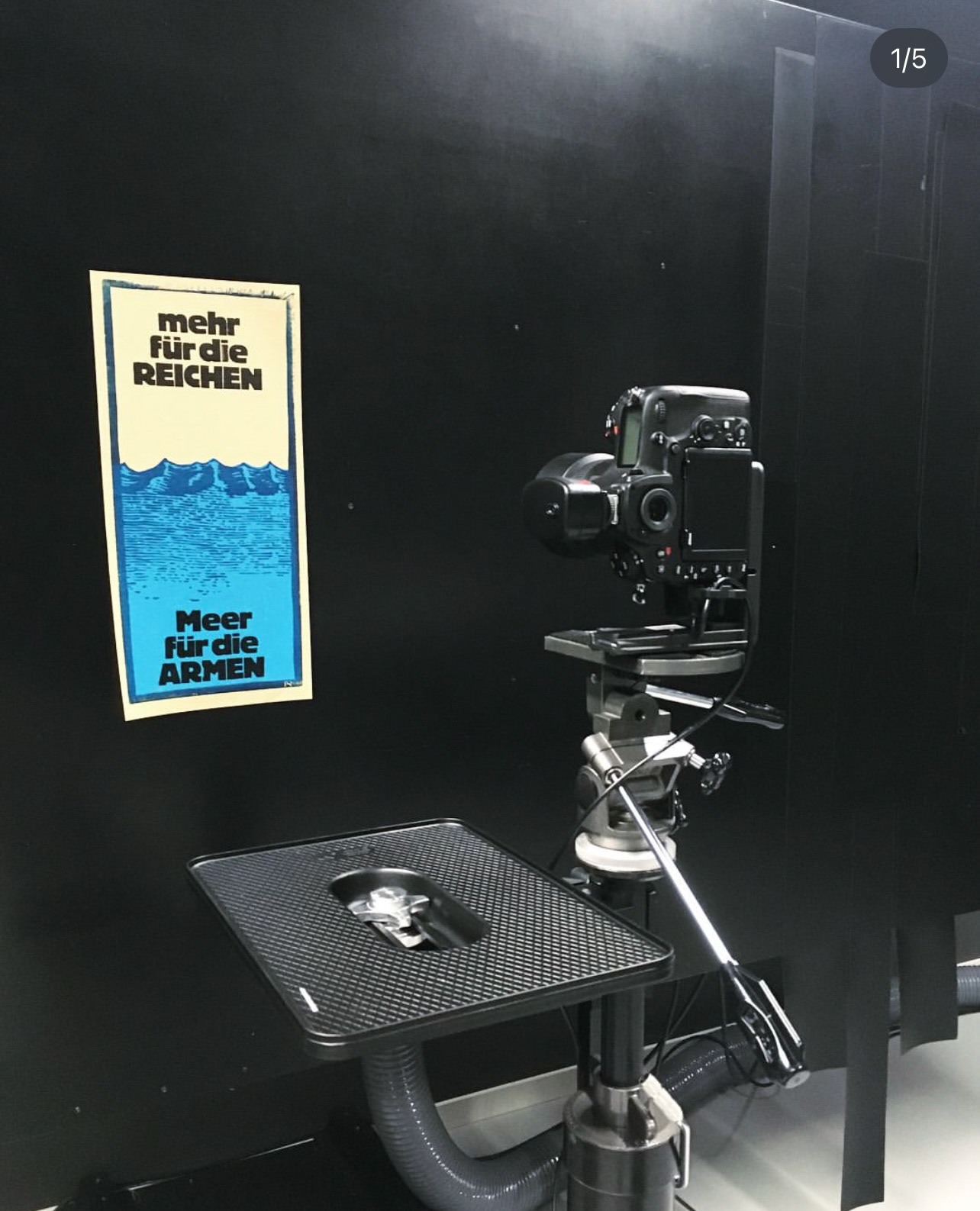
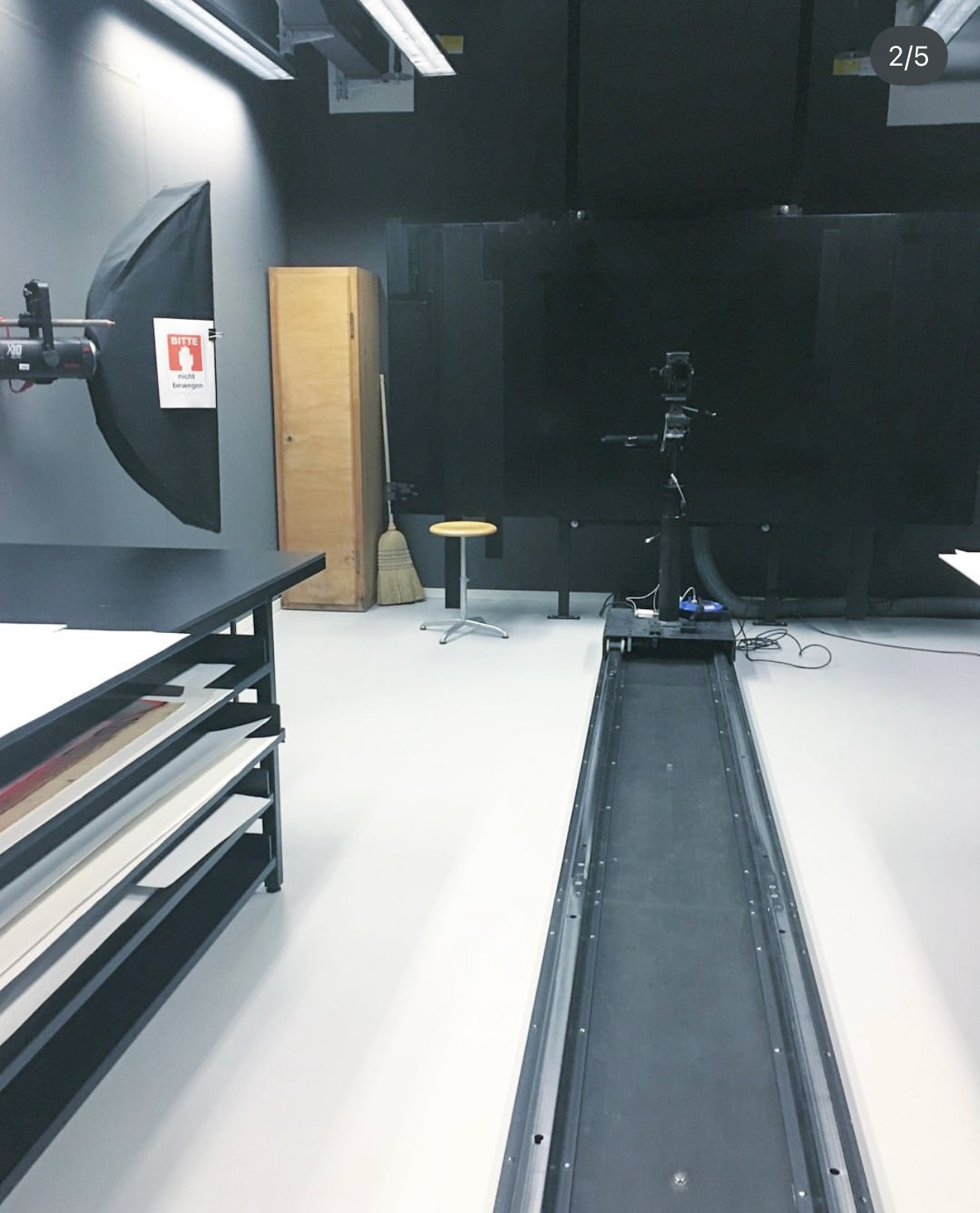
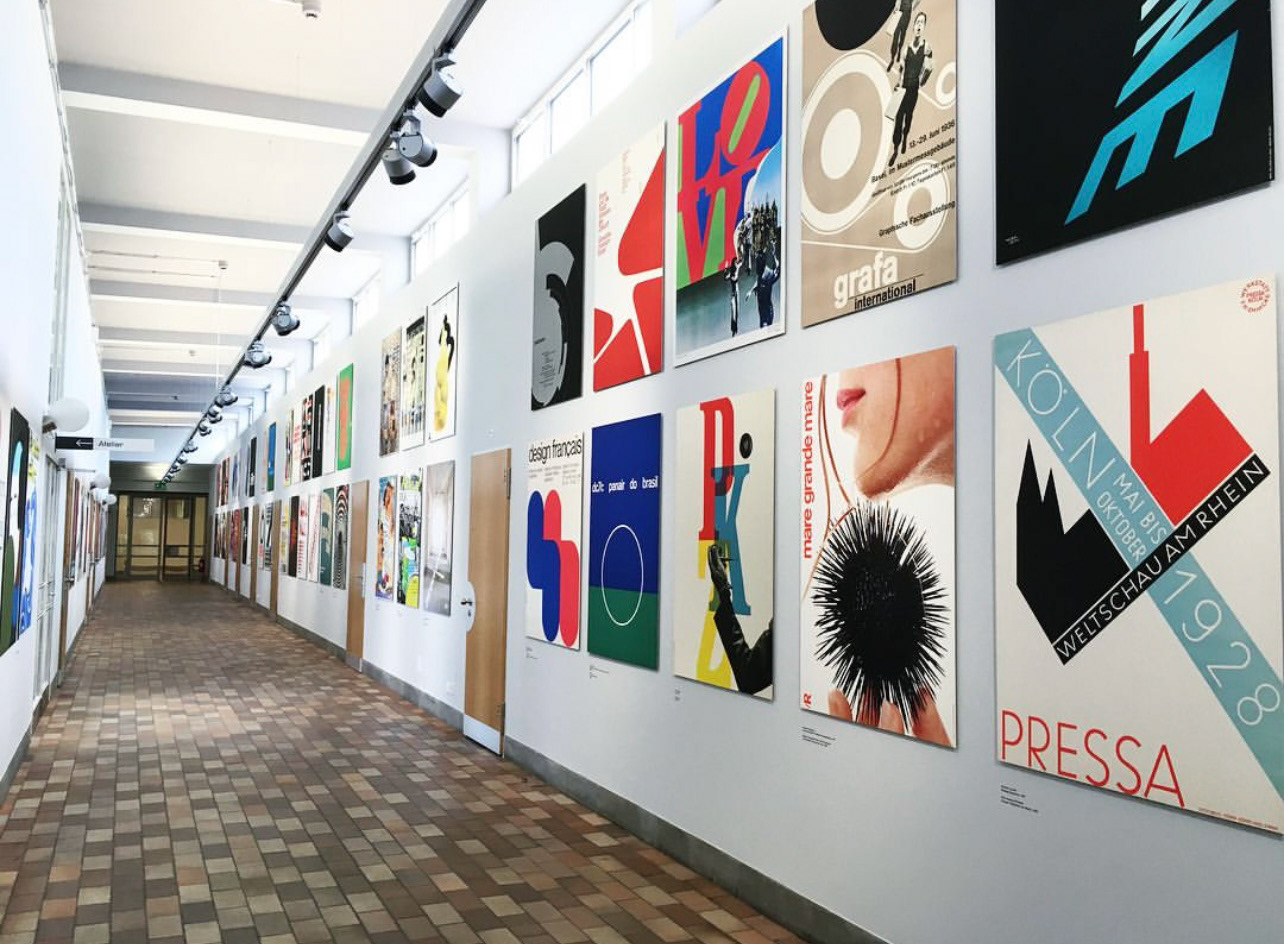

Creating a book about photography without photographs.
I wanted it to be clear and understandable for users. I found a compelling example of graphic design in Swiss posters from the 1960s and 1970s and traveled to Zurich to do the research in archives and museums.
Each spread explains one principle. It contains graphical illustrations that explain the main concepts and principles of photography in a visual, easy-to-follow manner. It also contains succinct and comprehensible text to make learning easier.
Also the book is divided into colors - each color represents a different topic: Exposition, Aperture, Shutter speed, ISO, Light, Lens, Composition.
In my presentation I chose to demonstrate one of the principles I explained in my book - how white light works. It is a compound of RGB (Red, Green & Blue) colors. At the focus point where all three colors of light meet, we can see white light. While in the area immediately surrounding the focus, a mix of these three colors will be visible.


